If your company wasn’t impacted by Hurricane Matthew or thesubsequent flooding, consider yourselffortunate.
|But, it doesn’t mean you’re off the hook completely as morestorms continue to brew while the calendar moves from autumn towinter. In fact, driven by El Nino, warm ocean currents arecreating severe weather conditions in all parts of the country.
|For example, in 2015, approximately 10.1 million acres burned inwildfires in the United States, compared to 3.8 million theprevious year. Meanwhile, winter storms caused an estimated $3.5billion in insured losses in 2016, up from $2.6 billion in2014.
|The following information is not intended to be all inclusive,but it should get you thinking about everyday conditions in yourworkplace. Here are 7 things you can do now that potentially couldsave you from significant financial hardship or worse:
|Related: 5 tips to get your business up and running after anatural disaster
|
(Photo: iStock)
|1. Plan your emergency response
- Establish an emergency response team with participants from allparts of your organization.
- Ensure that your business keeps a stash of nonperishablefood, two-way radios, stored drinking water, flashlights andbatteries, first-aid supplies, and boots, gloves, hard hats and dryclothing. Communicate where these items are to your emergencyresponse team.
- Store a supply of plywood, plastic tarps, and cautionconstruction tape for future use.
- Conduct disaster management drills to ensure all members of theteam and all employees know their responsibilities.
Related: 5 things to do to keep employees safe whilecleaning up after a hurricane
|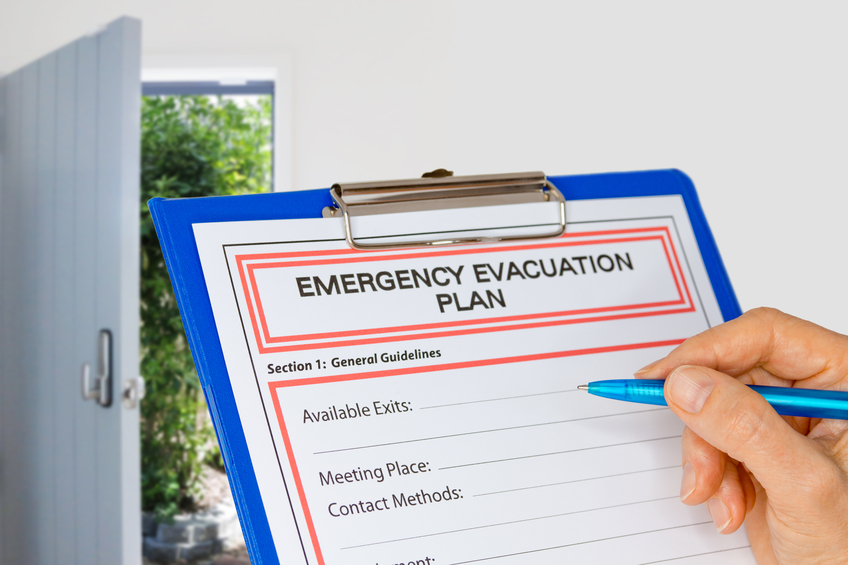
(Photo: iStock)
2. Work with local government officials inadvance
- File a copy of your emergency response plan with local lawenforcement officials, and provide them with new versions as youupdate them.
- Ensure that the local government’s emergency response team hascontact information for your organization, and provided updatedcontacts as your team members change roles or leave thecompany.
Related: 12 ways the U.S. is using nature to protect againstnatural disasters
|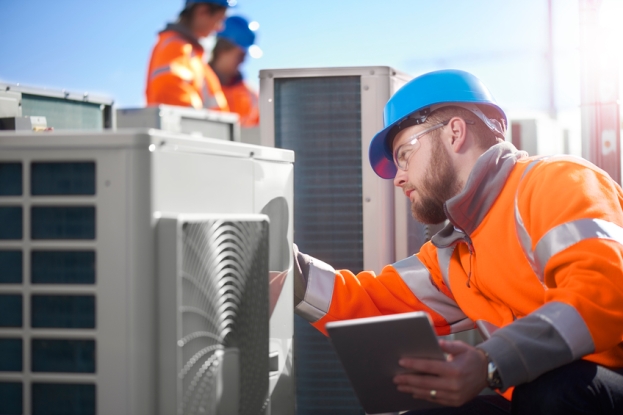
(Photo: iStock)
3. Maintain emergency equipment
- Check emergency generator and fire pump fuel tanks regularly toensure they are full.
- Test emergency generators and engine-driven fire pumpsregularly for proper automatic start. Generators should be test-rununder load.
- Check roof-mounted equipment to ensure it is connected securelyto the building's structural steel. Bolts and guide wires should betight and free from rust and corrosion.
- Check roof drains to ensure that they are clear and able todrain off heavy rains. Have repairs made to any portion of the roofcovering that appears loose, bubbled, or otherwise weakened.
Related: Have a backup generator? Make sure you do these 13things
|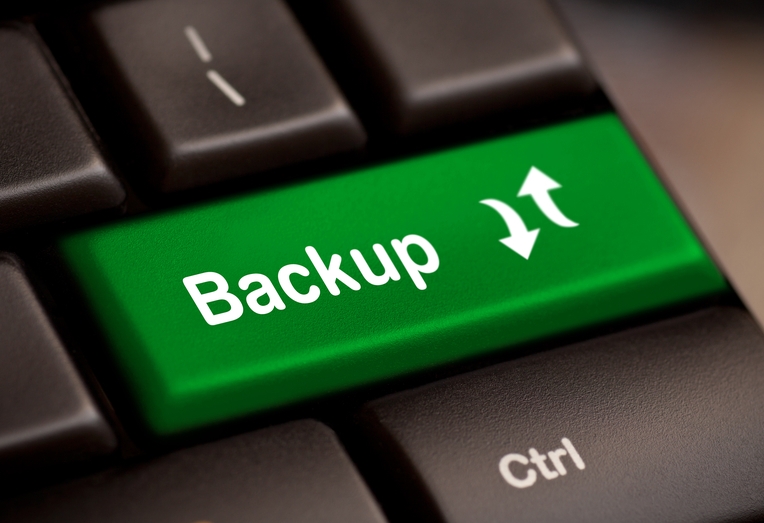
(Photo: iStock)
|4. Secure data and files
- Duplicate important records and papers, and store them in asecure location.
- Back-ups of important computer records also should be keptcurrent and in a secure location, preferably off-site and in ahurricane-safe area.
- Confirm that your third-party vendor or cloud provider isprepared for any disaster, manmade or natural.
Related: 5 ways to minimize business interruption after adata failure
|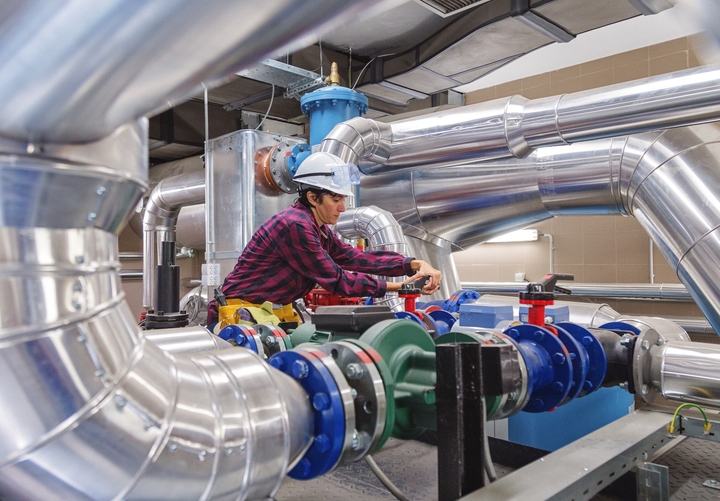
(Photo: iStock)
|5. Patrol the facility during theemergency
The emergency response team should continually patrol the facilityas long as it is safe to do so. In addition, the team should:
- Monitor equipment and ensure that it’s operatingcorrectly.
- Watch for structural damage and make repairs as necessary.
- Watch for causes of fire (for example, electrical shortcircuits), and take corrective action as needed.
- Check sprinkler water pressures frequently and watch for lossof pressure.
- Watch for flooding from rain or tidal surge and deploy sandbagsas necessary.
- Require employees to use hand sanitizer, sunblock and insectrepellant, as appropriate for conditions.
Related: Veterans join with Farmers Insurance to help withdisaster response
|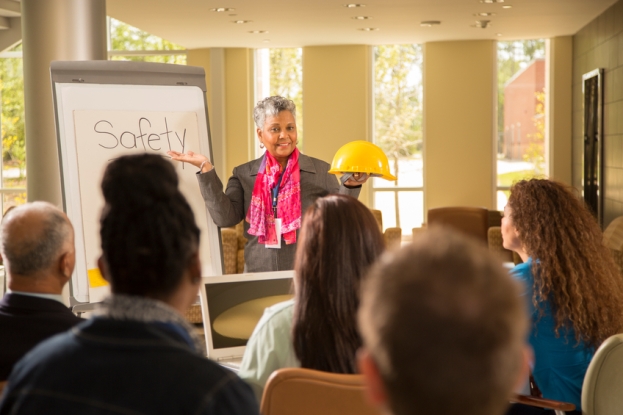
(Photo: iStock)
|6. Reinforce workplace safety
After the workplace has resumed normal operations, be sure youreinforce standard safety measures:
- Conduct daily safety briefings that discuss hazards andcontrols. Identify and eliminate or control existing or potentialhazards that were discovered after the disaster.
- Train employees to be aware of stress from extreme temperaturesof heat or cold as well as fatigue.
- Conduct ergonomic assessments to ensure that employees areusing proper lifting techniques and body mechanics. Providematerial handling equipment to minimize or eliminate manualmaterial handling.
- Review administrative controls, such as limiting the amount oftime employees are exposed to hazardous conditions,
- Rotate jobs as appropriate to minimize exposures and to ensurethat more than one employee is trained to handle dangeroussituations.
- Insist on proper personal hygiene and sanitation. Provide areaswhere employees can clean up after their shifts.
Related: 10 tips for lifting safely on thejob
|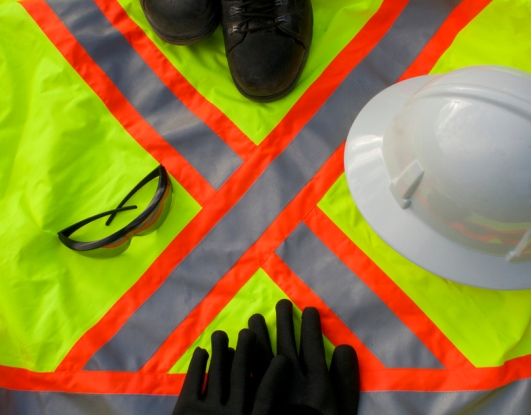
(Photo: iStock)
7. Inspect safety equipment and controls
- Confirm that engineering controls such as guardrails for fallprotection, lockout tag-out to control electrical hazards, andexhaust ventilation to minimize exposure to airborne hazards are inplace and in good repair.
- Insist that employees wear personal protective equipment (PPE)like steel-toe and slip-resistant footwear, hardhats, eyeprotection, high visibility clothing, gloves, hearing protection,dust masks or respiratory protection and personal flotation devices(PFD), as appropriate. Inspect the equipment regularly to ensurethat it’s in good condition at all times.
- Require employees to use fall protection equipment (covers,guardrails or a personal fall-arrest system), and train employeeshow to use the equipment correctly when they will encounter fallhazards of greater than six feet in the workplace.
- Provide ladders appropriate for specific tasks andcorresponding ladder safety training.
- Inspect exposure controls and monitor air quality for airbornehazards such as mold, asbestos and lead.
- Require employees to use double-insulated power tools withground fault circuit interrupters (GFCI).
Related: The 3 keys to mitigating electrical risks in theworkplace
|Robert Meyers is senior vice president, property-casualtyleader, USI Insurance Services. You can reach Rob at [email protected]or at 914-749-8529.
|Save
|Save
|Save
|Save
Want to continue reading?
Become a Free PropertyCasualty360 Digital Reader
Your access to unlimited PropertyCasualty360 content isn’t changing.
Once you are an ALM digital member, you’ll receive:
- All PropertyCasualty360.com news coverage, best practices, and in-depth analysis.
- Educational webcasts, resources from industry leaders, and informative newsletters.
- Other award-winning websites including BenefitsPRO.com and ThinkAdvisor.com.
Already have an account? Sign In
© 2024 ALM Global, LLC, All Rights Reserved. Request academic re-use from www.copyright.com. All other uses, submit a request to [email protected]. For more information visit Asset & Logo Licensing.








